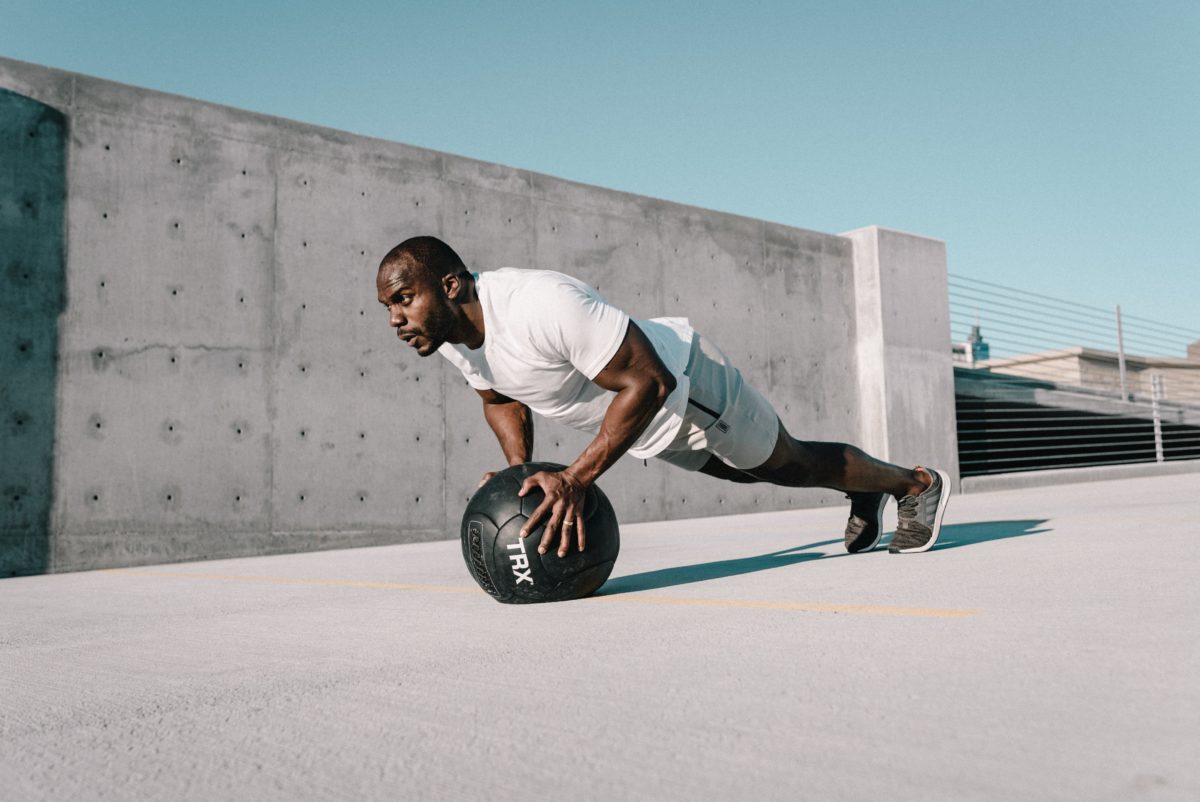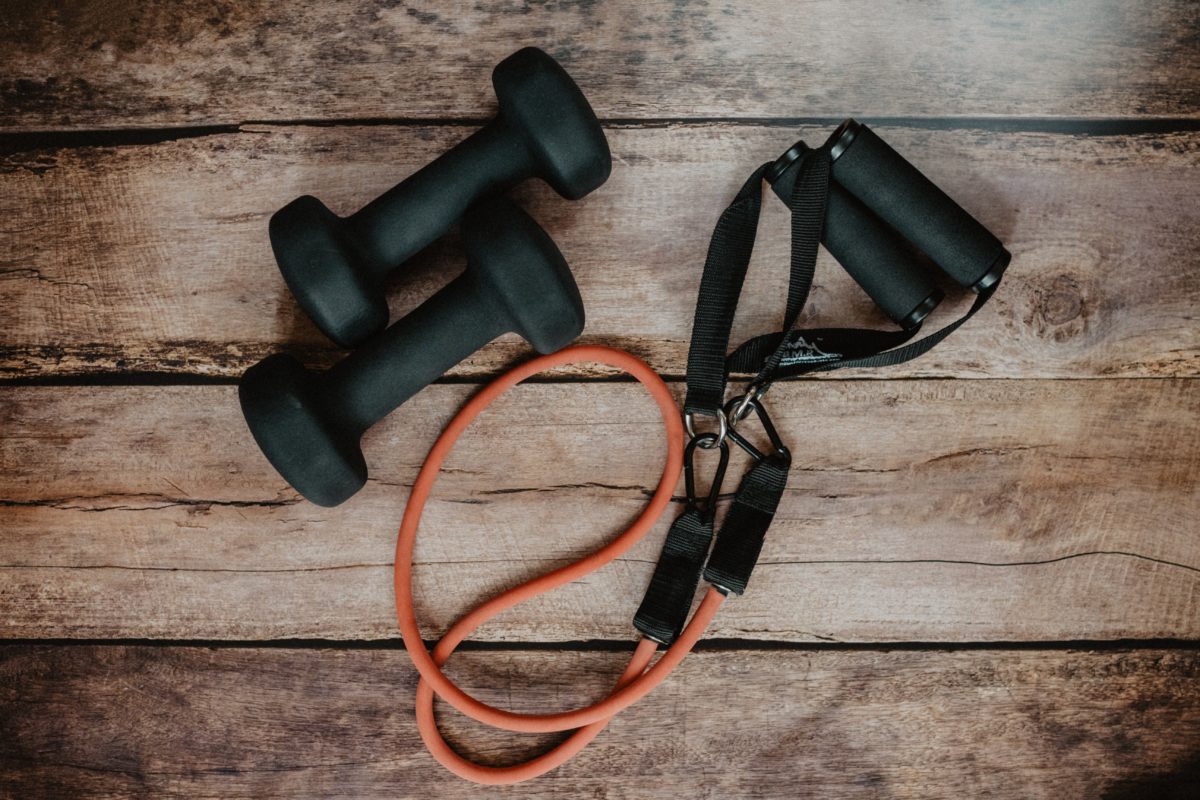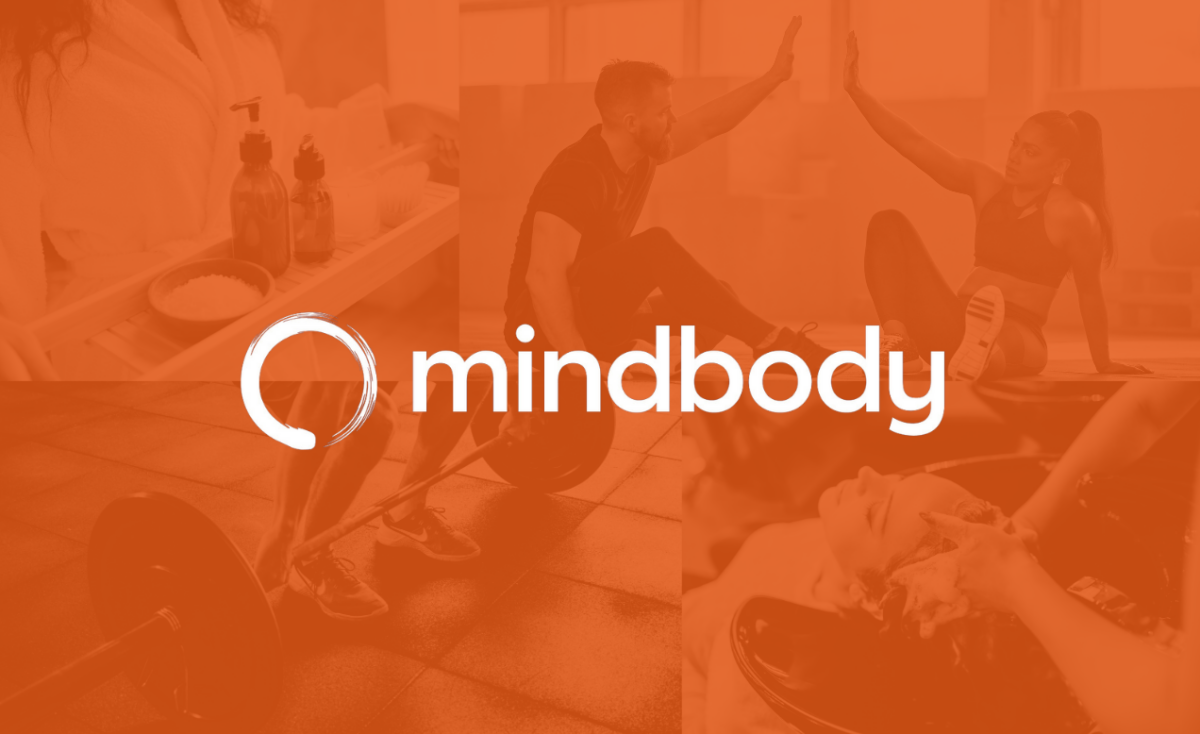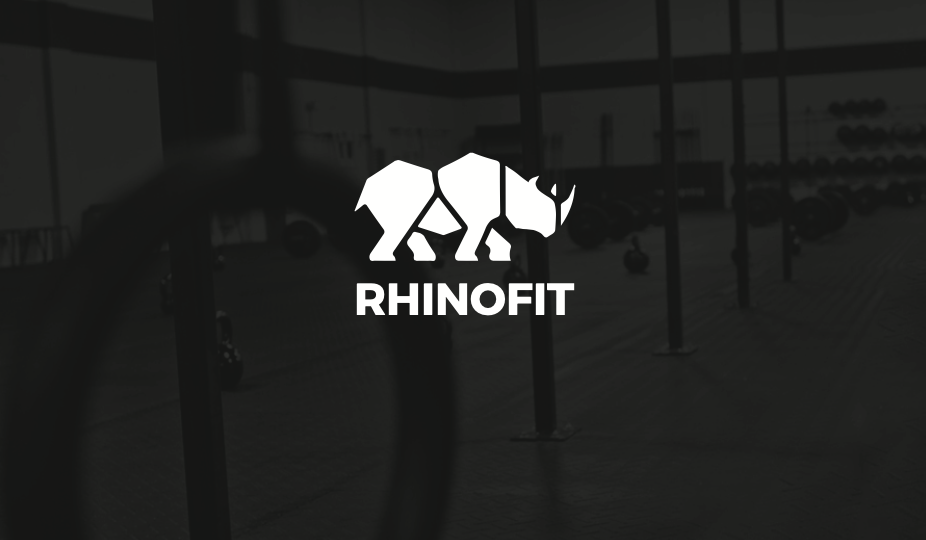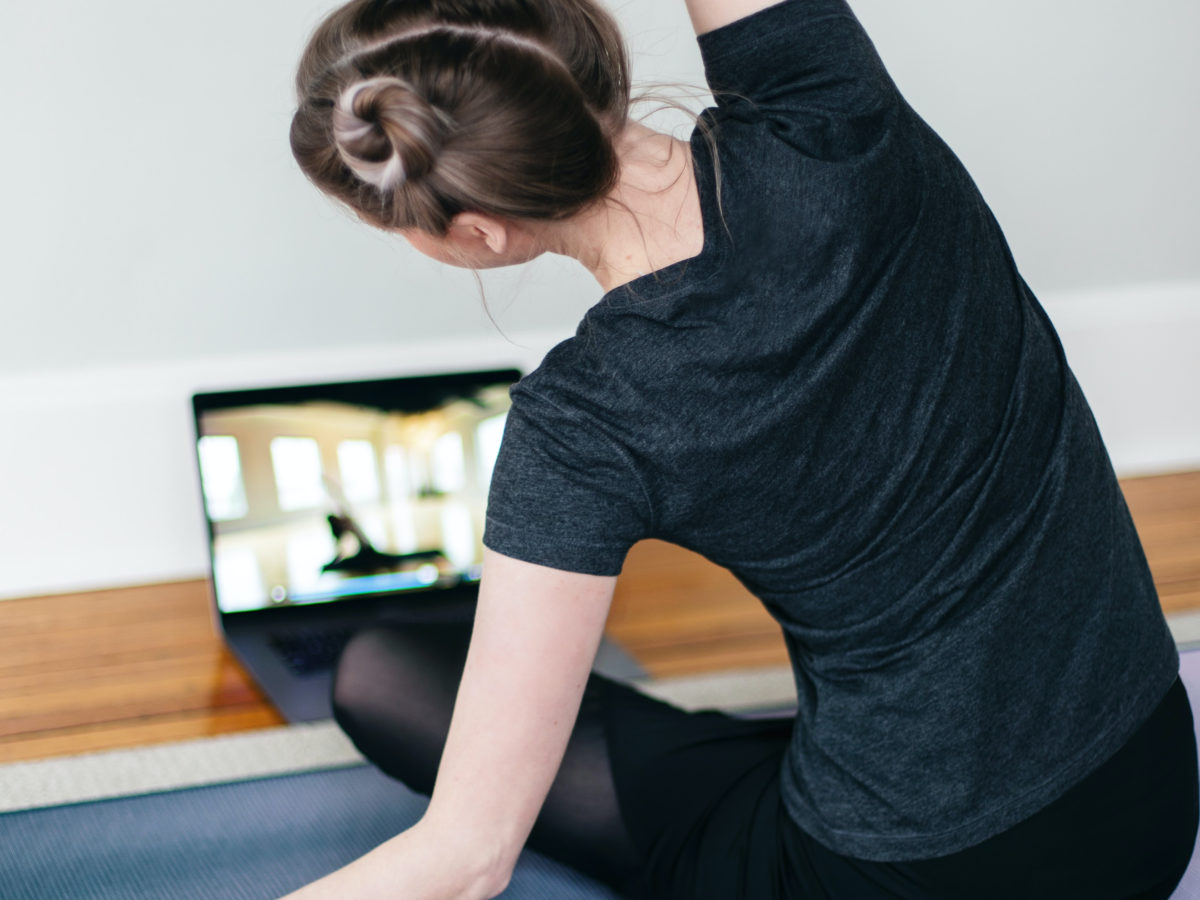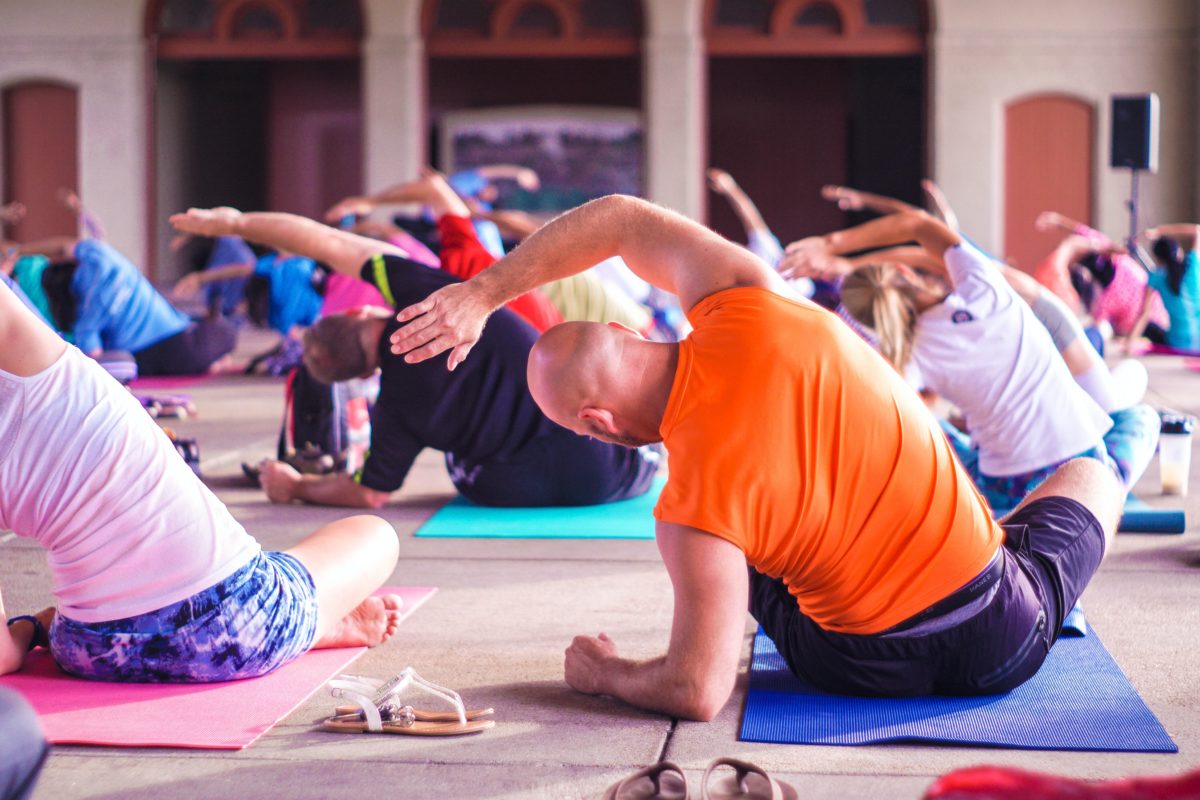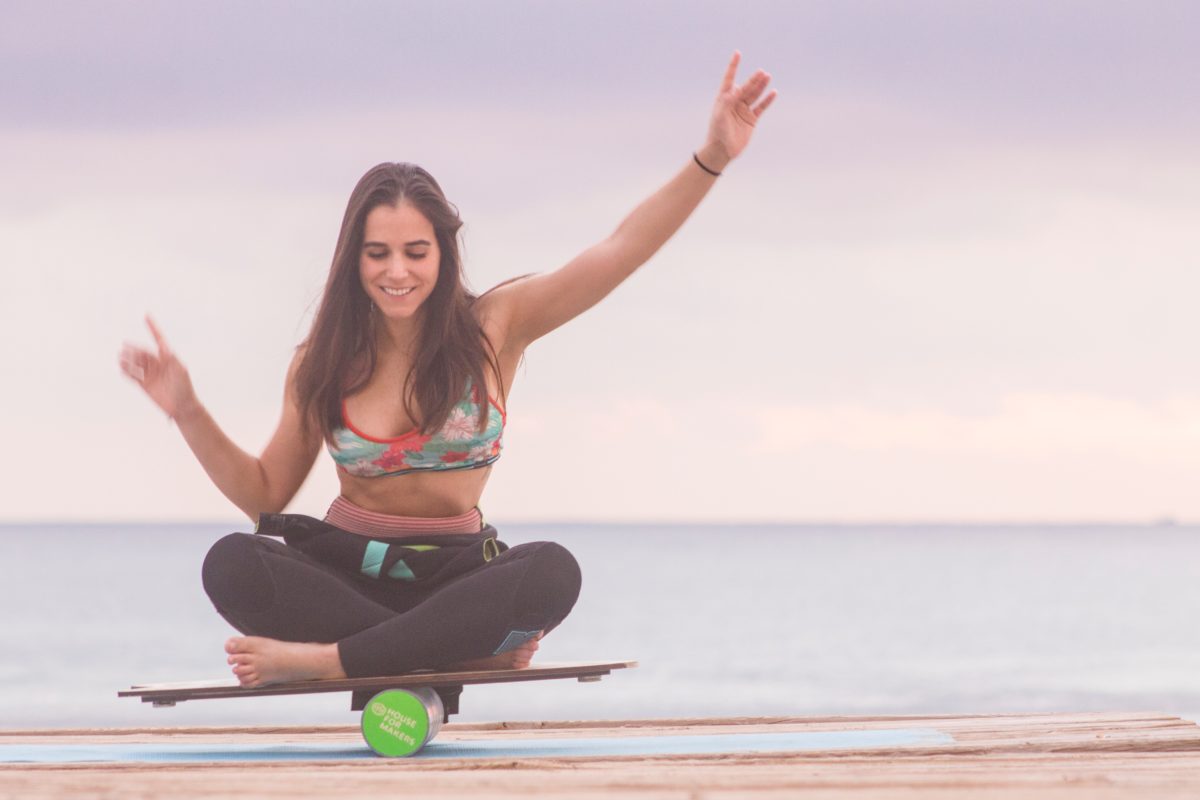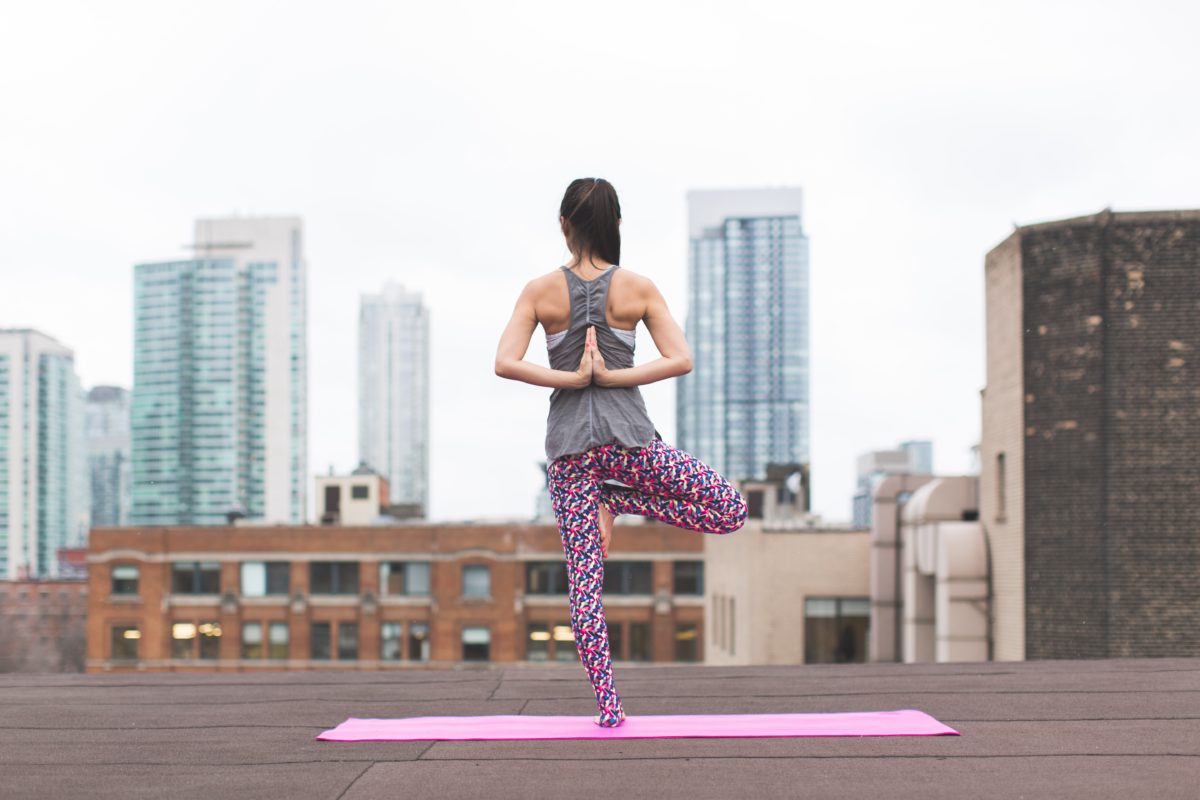A fitness influencer promotes an active and healthy lifestyle on any given social media platform. Sounds simple enough, right? But there is so much more to becoming a successful fitness influencer who not only offers advice and support but also works with brands to promote … Continue reading “7 tips to become a successful fitness influencer [plus examples]”
11 fitness content ideas you can use today
If you’re responsible for marketing a fitness brand in any way, it might be challenging at times to think of creative fitness content that not only tells your brand story but also attracts and retains clients. The goal is to produce high-quality fitness content that’s … Continue reading “11 fitness content ideas you can use today”
18 of the best fitness affiliate programs to boost your income
Looking for a list of the best fitness affiliate marketing programs? Our up-to-date list will help you find the right affiliate program for you. And, help you become a successful fitness affiliate marketer Why the fitness industry? The health and fitness industry is worth an … Continue reading “18 of the best fitness affiliate programs to boost your income”
6 ways to market your fitness blog
Whether you’ve already started a fitness blog or are considering it, there’s more to success than just writing and posting. Blogging itself is definitely a valuable strategy for your fitness business, whether you’re a personal trainer, gym owner or influencer. In fact, about 80 percent … Continue reading “6 ways to market your fitness blog”
Email and text message marketing for Mindbody
DailyStory is an automated digital marketing platform you can trust. Whether sending newsletters, welcome campaigns, reminder messages, cart abandons, or virtually any other type of email or text message marketing, our features will help you grow sales and build loyalty among your customers. DailyStory has … Continue reading “Email and text message marketing for Mindbody”
Email and text message marketing for RhinoFit
DailyStory is an automated digital marketing platform you can trust. Whether sending newsletters, welcome campaigns, reminder messages, cart abandons, or virtually any other type of email or text message marketing, our features will help you grow sales and build loyalty among your customers. DailyStory has … Continue reading “Email and text message marketing for RhinoFit”
How to start a health blog
If you’re interested in health and wellness, you might consider becoming a professional health blogger. Of course, starting a blog is difficult. You’ll need to be tech-savvy and take time to strategize how to promote your content. But if you want to share your knowledge … Continue reading “How to start a health blog”
7 tips to offer addictive live-stream workouts
The COVID-19 pandemic turned the fitness industry on its head, thrusting gym owners and instructors into live-stream workouts. Teaching fitness virtually is obviously very different from teaching in person. And live-stream workouts don’t appear to be going anywhere anytime soon. “Due to [the] COVID-19 outbreak, … Continue reading “7 tips to offer addictive live-stream workouts”
6 things fitness professionals should know about marketing
Joining the fitness industry typically means that you’re passionate about helping people. It doesn’t always mean that you’re a digital marketing genius. Whether you’re the best personal trainer, group trainer and/or gym owner, you must be able to get the word out about your facilities, … Continue reading “6 things fitness professionals should know about marketing”
5 tips to help create successful hybrid fitness classes
Fitness studios pivoted to technological solutions during the COVID-19 pandemic. The online fitness market is expected to reach $59.23 billion by 2027, growing at a rate of 33.1 percent from 2020 to 2027. And while your studio may be back to in-person workouts, you might … Continue reading “5 tips to help create successful hybrid fitness classes”
8 tips to build your fitness brand from scratch
First impressions are everything, especially when it comes to your fitness brand. In fact, it takes only 10 seconds for a consumer to cement his or her first impression of your fitness brand. Fitness is a crowded industry with many similar-sounding and similar-looking brands. It’s … Continue reading “8 tips to build your fitness brand from scratch”
Top 7 traits of online fitness personalities
Personality is everything in the fitness industry, both online and in-person. However, the need to convey your personality is even more important when marketing yourself and/or your fitness brand overall online. Since the fitness industry in the U.S. is estimated at about $37 billion as … Continue reading “Top 7 traits of online fitness personalities”
4 tips to become a fitness affiliate marketer
As a fitness professional, you likely are well aware that there are only so many hours in the day. Hours to train clients, hours to plan for those sessions and so on. This finite capacity of time restricts your ability to grow your income through … Continue reading “4 tips to become a fitness affiliate marketer”
![7 tips to become a successful fitness influencer [plus examples]](https://www.dailystory.com/wp-content/uploads/2021/06/victor-freitas-qZ-U9z4TQ6A-unsplash-1200x800.jpg)

